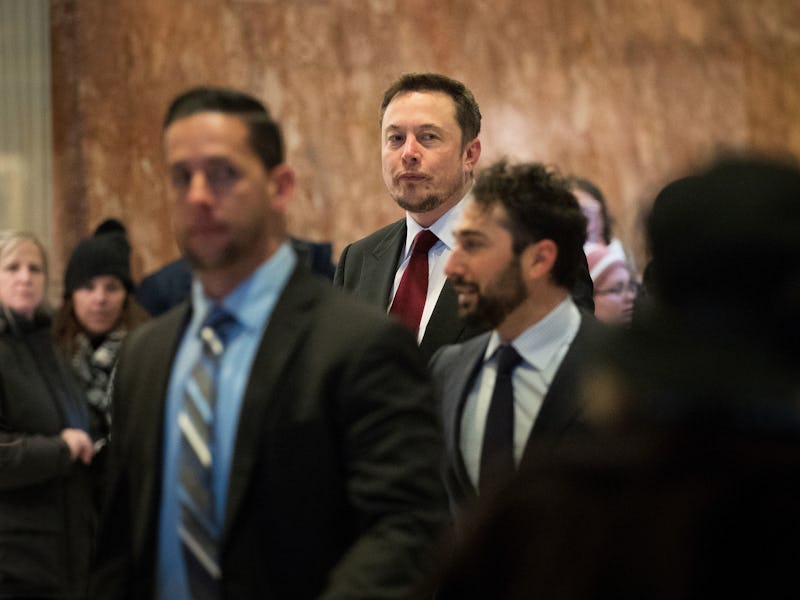Elon Musk Says MobileEye Forced Tesla Vision "Across the Rubicon"

Corporate cat-fights are often full of nothing but disagreements, but on this both Mobileye and Tesla can agree: they parted ways over safety.
“The original plan was to have a migration strategy where we have Mobileye and Tesla Vision operating at the same time, to have kind of a smooth process but But Mobileye refused to do that,” Musk said during an earnings call with investors on Wednesday. “So that forced us to re-spin the board and kind of cross the rubicon on Tesla Vision.”
The delay resulted in little new revenue for Tesla’s rather revolutionary autonomous driving technology, and that always makes investment analysts ask questions. However, Musk did make sure to note that the technology was ready for the entirety of last quarter, Tesla just didn’t want to release it to the public for safety reasons.
“Safety is always our primary concern so we could have released Tesla Vision, including Autosteer, at high-speed,” Musk said, noting that he was driving it at high-speed three months ago, but wants to continue testing the technology before making it available as a downloadable update to the entire Tesla fleet. He did offer these interesting stats about the technology’s progress, though: 80 mph is the max for longitudinal/cruise control of the car and 50 mph is the max for its Autosteer technology.
“I think we should be able to get them both to around to 85 mph,” Musk said.
A Tesla Model S in Brooklyn, New York.
Late last year, the CTO of Mobileye, which supplied a crucial component in Tesla’s Autopilot self-driving technology, said that the two companies had parted ways in part because Telsa was “pushing the envelope” in terms of safety.
Musk’s comments on Wednesday, after months of relative silence, note that yes, safety was the reason for the delay of software updates for Autopilot.
Tesla’s approach involved replacing Mobileye’s EyeQ3 chip with a new parallel computing technology from nVidia that they’ve adapted into a system they call Tesla Vision.
The approach uses graphics processing units to run an advanced neural network and identify objects in real time. In Musk’s naturally biased opinion, it’s coming along quite well, and is more than capable of keeping Tesla on track to co-own the self-driving market.
The split with Mobileye came after a fatal crash that shook investor confidence in the Autopilot project. Calls like the one this week are explicitly designed to restore that confidence.